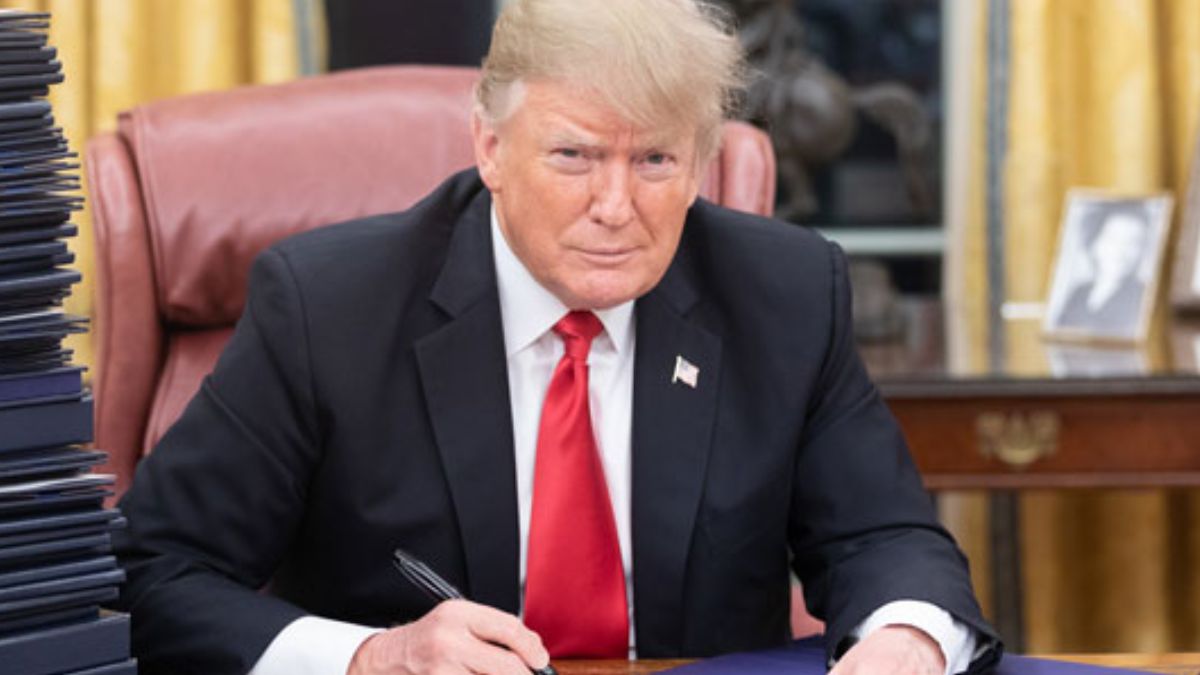The recent decision by U.S. President Donald Trump to impose a 25% tariff on fully built vehicles (CBUs) and auto parts is expected to have little impact on India’s automobile industry, according to a statement by the Global Trade Research Initiative (GTRI).
The body stated that the tariff, set to take effect on April 3, has raised concerns among global car manufacturers, but India’s limited exposure to the U.S. auto market suggests that the impact will be minimal.
The statement said, “While the announcement sent ripples through global automotive markets, its implications for India’s auto industry remain limited–and may, in fact, present an opportunity for Indian exporters.”
India’s passenger car exports to the U.S. are insignificant, standing at just $8.9 million in 2024, compared to the country’s total global car exports of $6.98 billion.
This means that only 0.13% of India’s total car exports are directed to the U.S., making the new tariff largely irrelevant for Indian automakers. Given this negligible exposure, any attempt by India to counteract the tariff with its measures would likely to be unnecessary and counterproductive.
The GTRI stated that rather than posing a threat, the tariff may even open doors for India’s auto component industry. India exported $2.2 billion worth of auto parts to the U.S. in 2024, making up 29.1% of its total global auto parts exports. While this figure might seem concerning, the U.S. remains a large and diverse market.
What Else For Auto Tariff?
However, these tariffs don’t put India at a disadvantage compared to its competitors. In fact, India could see an opportunity to expand its footprint in the U.S. market. “India’s auto component industry may even find an opening. With its competitive advantage in labour-intensive manufacturing and competitive India’s import tariff structures (ranging from 0% to 7.5%), India could increase its market share in the U.S. over time,” said GTRI.
GTRI added, “In other categories too, U.S. exposure is either low or manageable. Truck exports to the U.S. stood at just $12.5 million, representing 0.89% of India’s global truck exports. These figures confirm a limited vulnerability.”
The country’s strength in labour-intensive manufacturing and its favourable import tariff structures (ranging from 0-7.5%) may allow Indian exporters to increase their share in the U.S. auto parts sector over time.
While the global auto industry faces uncertainty due to the tariff, India’s auto sector appears well-positioned to navigate the changes. The GTRI suggests that rather than retaliating, India should adopt a strategic wait-and-watch approach, as the long-term impact of the tariff could be neutral or even beneficial for Indian exporters.
ALSO READ: Trump’s 25% Tariff On Imported Cars Will Impact Which All Indian Companies? 7 Key Points Explained













